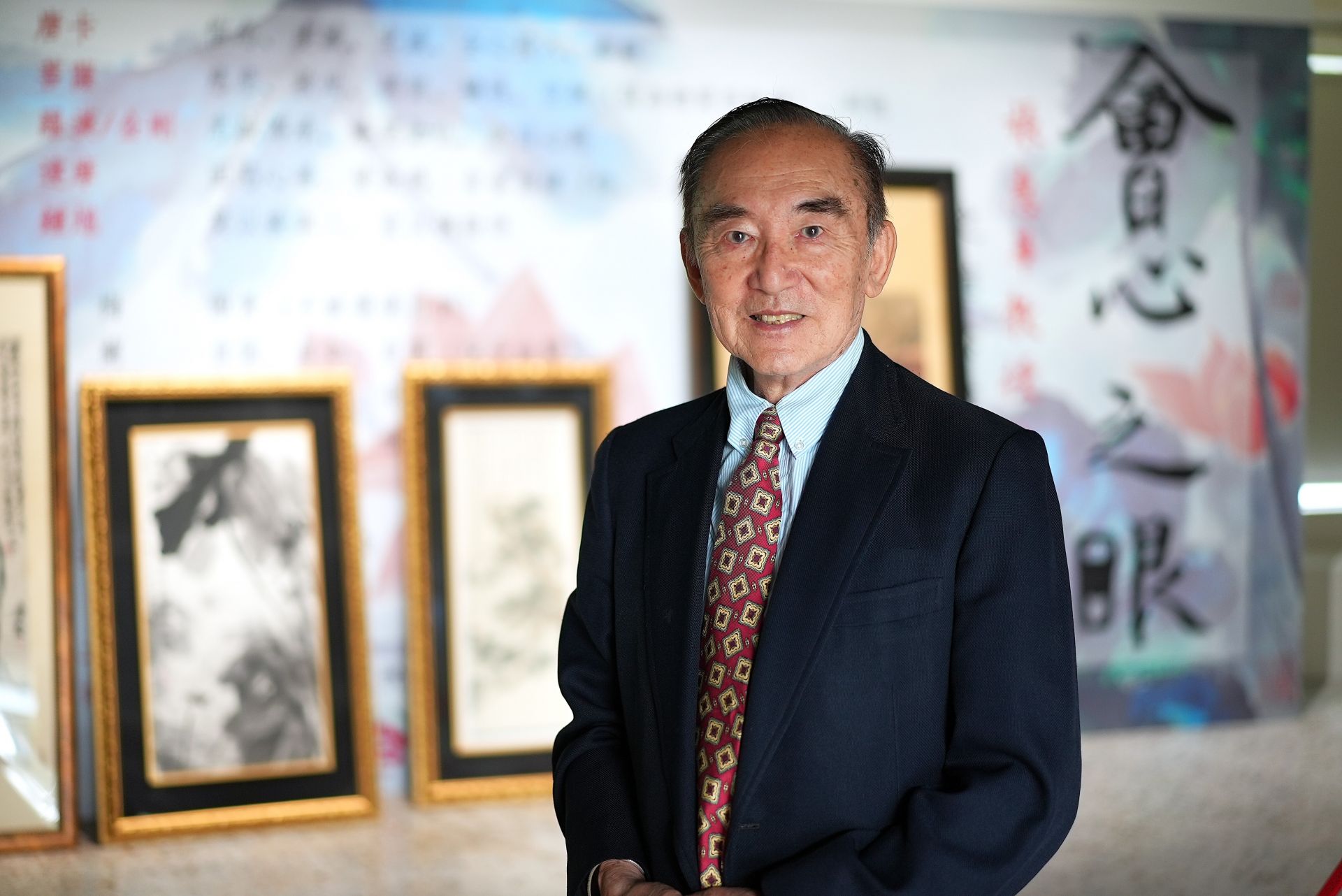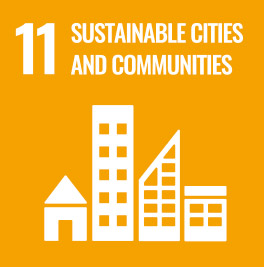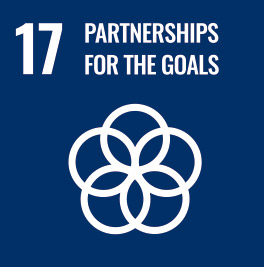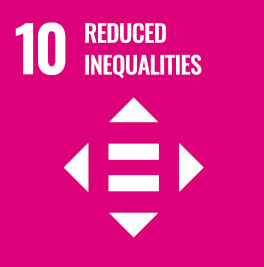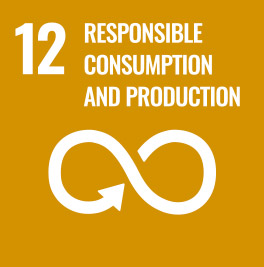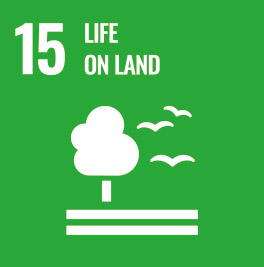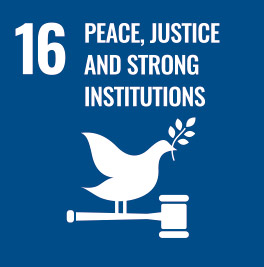SDG11
300 Years of Tainan: NCKU's "Art and Architecture" Exhibition Links History with Contemporary Art
In 2025, marking the 300th anniversary of Tainan's founding, faculty and students from the College of Liberal Arts, the Research Center for Humanities and Social Sciences, the Department of Architecture, and the Department of History at National Cheng Kung University (NCKU) engaged in architectural teaching and craftwork at the Small East Gate Remain site. They created a temporary, distinctive venue called the "Art Bamboo City" stage. The project aims to help students, citizens, and travelers understand the historical changes of Tainan's spatial texture, provide a shared space for events, and promote cultural exchange between the campus and the city, showcasing the faculty and students' genuine care for the city.
The "Art Bamboo City" stage was unveiled on the morning of May 1. In attendance were Executive Vice President Yuh-Neu Chen, Director Cheng-Ta Yang of the Research Center for Humanities and Social Sciences, Dean Shin-Mei Kao of the College of Liberal Arts, Professor Chia-Ching Yen from the Department of Architecture, Professor Wen-Sung Chen from the Department of History, along with faculty and students. Also present were members of the Cheng-Huan Temple, including Temple Director Rong-Zhe Guo, who have collaborated multiple times with the "Exploring Tainan" course.
Executive Vice President Yuh-Neu Chen delivered a speech, stating that NCKU has a close relationship with Tainan. The campus contains elements from the Qing Dynasty, Japanese rule, and the Republic of China periods. Many faculty and students enter and exit the campus through the Small West Gate Remain, allowing them to experience the feeling of entering and leaving the city as the ancestors once did. This is a fusion of history and the modern era, where we can feel the historical elements present in our daily lives. Through the curriculum, the university enables students to move from understanding through literature to implementing hands-on work, realizing the close relationship between history and urban development. The "Art Bamboo City" stage can be seen as a perfect translation of this.
Director Cheng-Ta Yang stated that this year marks the 300th anniversary of Tainan's founding. NCKU echoes the city's cultural heritage through the "Art Bamboo City" project, which integrates many courses and the efforts of faculty members. He also expressed gratitude to the professors for leading the students in building the Bamboo City stage. This stage will be a part of the campus for some time, and many campus activities and courses will take place there. He hopes that more faculty and students will come to recognize the connection between NCKU and the entire city of Tainan.
Student Yu-Cheng Weng from the Department of Architecture shared his heartfelt thoughts, stating that participating in the construction process was a very valuable experience. As classmates carefully shaved and cut bamboo and learned to pour cement for the foundation, they gained an understanding of the effort and skills that the ancestors invested in building the city. The course provided students with a sense of collective pride and achievement.
At the opening ceremony, Professor Wei-Chien Ma from the Institute of Art Studies led master's students Cheng-Yang Yuan, Wei-Huan Tsai, and Ssu-Yu Lu in demonstrating the art of diabolo (Chinese yo-yo) and performing traditional theatrical poses. Student You-Wei Chen from the Department of Taiwanese Literature served as the emcee. This performance showcased the versatile use of the Bamboo City stage.
The construction of Fucheng (Tainan) spans 300 years, from the planning of the Muka City in the 3rd year of the Yongzheng reign (1725) to the 114th year of the Republic of China (2025). These two years symbolize the historical transformation and political-economic changes from "Taiwan Fu" to "Tainan Fu." Tainan is the birthplace of Taiwan's history, accumulating a rich cultural heritage. NCKU in Fucheng has grown and thrived, carrying the accumulated wisdom of its predecessors. The Kuang-Fu Campus, located at the historical space where the Small East Gate city wall section connects to the Large North Gate wall, retains part of the plaque from the "Zhenbei Gate" at the Small North Gate, dating from the first year of the Qianlong reign. The preserved Small West Gate tower, relocated from another site, further reflects the close temporal and spatial relationship with the development and transformation of Fucheng.
NCKU’s general education curriculum, through the "Exploring Tainan" course and the architecture department's practical courses, has taken the opportunity of the 300th anniversary of Fucheng's founding (2025) to create a 6-meter wide, 3-meter high "Art Bamboo City" stage at the historical site of the Small East Gate city wall remains. This stage, constructed using wood and bamboo, responds to the historical moment of "Fucheng 300" and serves as a representation of the city’s rich history and cultural significance.
During the spring break, Professors I-Hsuan Wang, Yu-Hsiang Yeh, Chia-Ching Yen, and En-Yu Huang from the Department of Architecture, led the construction of the wooden structure for the stage as part of the workshop course Building the Bamboo City — Fucheng 300 Campus Stage Construction Project. Following this, professors Wen-Sung Chen (Department of History), Hsun-Hui Tseng (Department of Taiwanese Literature), Chung-Ping Young (Department of Computer Science), and Jyh-Chang Chen (College of Liberal Arts) offered a hands-on course titled Building the Bamboo City — Fucheng 300 Campus Stage Bamboo Weaving Workshop. This course guided students through the learning and application of bamboo weaving techniques over two weekends starting in mid-April.
NCKU stated that the first generation of Fucheng during the Yongzheng era was enclosed by wooden structures, while the second generation of city walls was constructed using thorny bamboo, reflecting the engineering ingenuity of early settlers who adapted to local conditions and utilized natural resources. As time passed, the original wooden and bamboo cityscape has become difficult to trace, yet these natural materials can still serve as artistic elements within educational projects.
In response, interdisciplinary courses across the Department of Architecture, College of Liberal Arts, and Department of History have integrated architectural education with hands-on craft practice. This approach not only revitalizes historical education but also enables students and faculty to engage through experiential learning, creating a strong connection between education, art, and historical context. It is not only a tribute to the past but also a step toward the contemporary application of traditional crafts, highlighting NCKU’s commitment to respecting history and space while embedding these values in its educational mission.
The "Art Bamboo City" stage was unveiled on the morning of May 1. In attendance were Executive Vice President Yuh-Neu Chen, Director Cheng-Ta Yang of the Research Center for Humanities and Social Sciences, Dean Shin-Mei Kao of the College of Liberal Arts, Professor Chia-Ching Yen from the Department of Architecture, Professor Wen-Sung Chen from the Department of History, along with faculty and students. Also present were members of the Cheng-Huan Temple, including Temple Director Rong-Zhe Guo, who have collaborated multiple times with the "Exploring Tainan" course.
Executive Vice President Yuh-Neu Chen delivered a speech, stating that NCKU has a close relationship with Tainan. The campus contains elements from the Qing Dynasty, Japanese rule, and the Republic of China periods. Many faculty and students enter and exit the campus through the Small West Gate Remain, allowing them to experience the feeling of entering and leaving the city as the ancestors once did. This is a fusion of history and the modern era, where we can feel the historical elements present in our daily lives. Through the curriculum, the university enables students to move from understanding through literature to implementing hands-on work, realizing the close relationship between history and urban development. The "Art Bamboo City" stage can be seen as a perfect translation of this.
Director Cheng-Ta Yang stated that this year marks the 300th anniversary of Tainan's founding. NCKU echoes the city's cultural heritage through the "Art Bamboo City" project, which integrates many courses and the efforts of faculty members. He also expressed gratitude to the professors for leading the students in building the Bamboo City stage. This stage will be a part of the campus for some time, and many campus activities and courses will take place there. He hopes that more faculty and students will come to recognize the connection between NCKU and the entire city of Tainan.
Student Yu-Cheng Weng from the Department of Architecture shared his heartfelt thoughts, stating that participating in the construction process was a very valuable experience. As classmates carefully shaved and cut bamboo and learned to pour cement for the foundation, they gained an understanding of the effort and skills that the ancestors invested in building the city. The course provided students with a sense of collective pride and achievement.
At the opening ceremony, Professor Wei-Chien Ma from the Institute of Art Studies led master's students Cheng-Yang Yuan, Wei-Huan Tsai, and Ssu-Yu Lu in demonstrating the art of diabolo (Chinese yo-yo) and performing traditional theatrical poses. Student You-Wei Chen from the Department of Taiwanese Literature served as the emcee. This performance showcased the versatile use of the Bamboo City stage.
The construction of Fucheng (Tainan) spans 300 years, from the planning of the Muka City in the 3rd year of the Yongzheng reign (1725) to the 114th year of the Republic of China (2025). These two years symbolize the historical transformation and political-economic changes from "Taiwan Fu" to "Tainan Fu." Tainan is the birthplace of Taiwan's history, accumulating a rich cultural heritage. NCKU in Fucheng has grown and thrived, carrying the accumulated wisdom of its predecessors. The Kuang-Fu Campus, located at the historical space where the Small East Gate city wall section connects to the Large North Gate wall, retains part of the plaque from the "Zhenbei Gate" at the Small North Gate, dating from the first year of the Qianlong reign. The preserved Small West Gate tower, relocated from another site, further reflects the close temporal and spatial relationship with the development and transformation of Fucheng.
NCKU’s general education curriculum, through the "Exploring Tainan" course and the architecture department's practical courses, has taken the opportunity of the 300th anniversary of Fucheng's founding (2025) to create a 6-meter wide, 3-meter high "Art Bamboo City" stage at the historical site of the Small East Gate city wall remains. This stage, constructed using wood and bamboo, responds to the historical moment of "Fucheng 300" and serves as a representation of the city’s rich history and cultural significance.
During the spring break, Professors I-Hsuan Wang, Yu-Hsiang Yeh, Chia-Ching Yen, and En-Yu Huang from the Department of Architecture, led the construction of the wooden structure for the stage as part of the workshop course Building the Bamboo City — Fucheng 300 Campus Stage Construction Project. Following this, professors Wen-Sung Chen (Department of History), Hsun-Hui Tseng (Department of Taiwanese Literature), Chung-Ping Young (Department of Computer Science), and Jyh-Chang Chen (College of Liberal Arts) offered a hands-on course titled Building the Bamboo City — Fucheng 300 Campus Stage Bamboo Weaving Workshop. This course guided students through the learning and application of bamboo weaving techniques over two weekends starting in mid-April.
NCKU stated that the first generation of Fucheng during the Yongzheng era was enclosed by wooden structures, while the second generation of city walls was constructed using thorny bamboo, reflecting the engineering ingenuity of early settlers who adapted to local conditions and utilized natural resources. As time passed, the original wooden and bamboo cityscape has become difficult to trace, yet these natural materials can still serve as artistic elements within educational projects.
In response, interdisciplinary courses across the Department of Architecture, College of Liberal Arts, and Department of History have integrated architectural education with hands-on craft practice. This approach not only revitalizes historical education but also enables students and faculty to engage through experiential learning, creating a strong connection between education, art, and historical context. It is not only a tribute to the past but also a step toward the contemporary application of traditional crafts, highlighting NCKU’s commitment to respecting history and space while embedding these values in its educational mission.

The Art Bamboo City Stage is located at the historical sites of the Small East Gate Remain and the Small West Gate Remain, among other significant historical landmarks
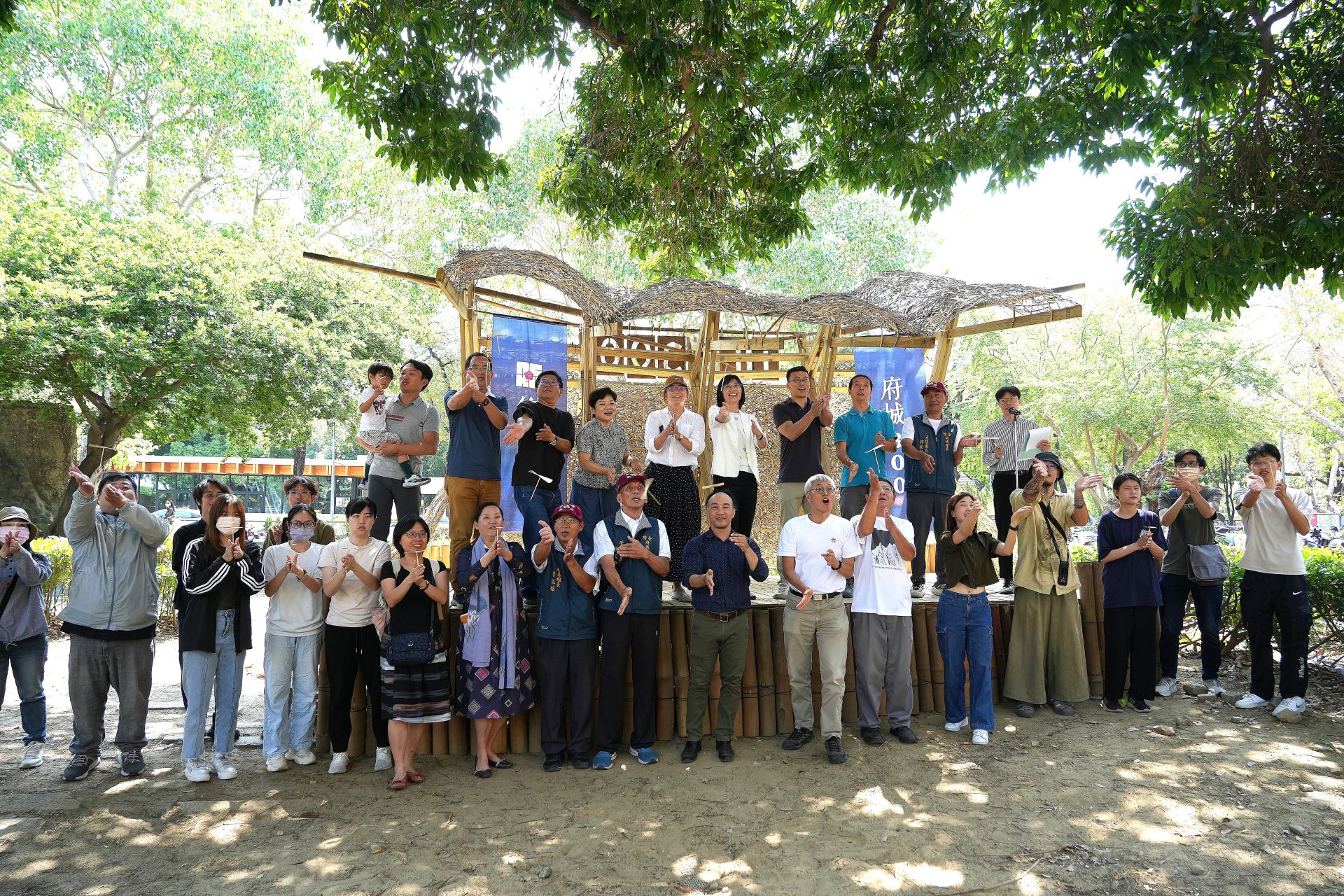
Group photo of the attendees
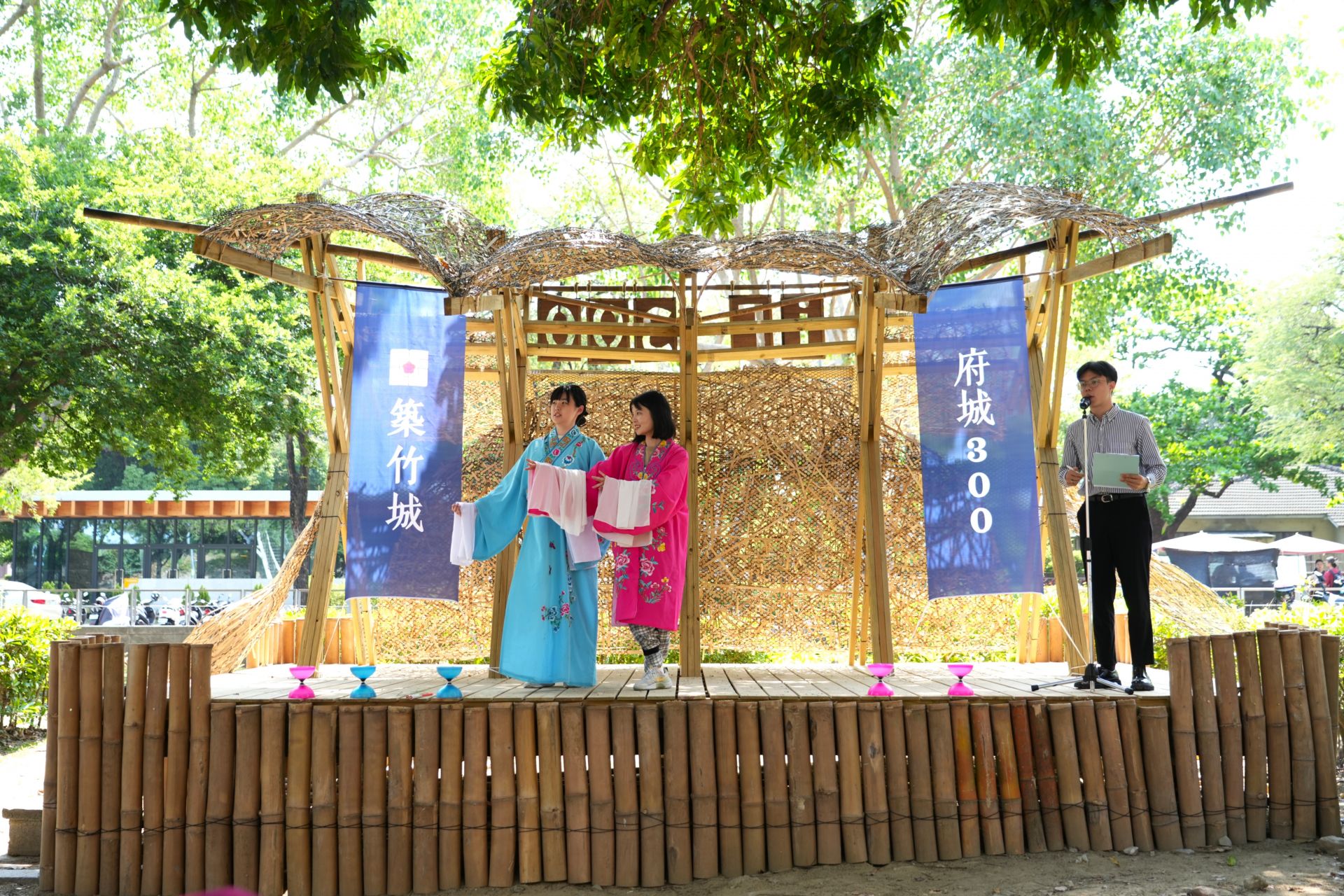
Students showcase their theatrical poses and serve as emcees at the "Art Bamboo City Stage," demonstrating the versatile use of the stage

SDG11"Engraving Into the Wood: Human National Treasure Qi-Cun Chen x NCKU Students' Woodcarving Joint Exhibition"
View more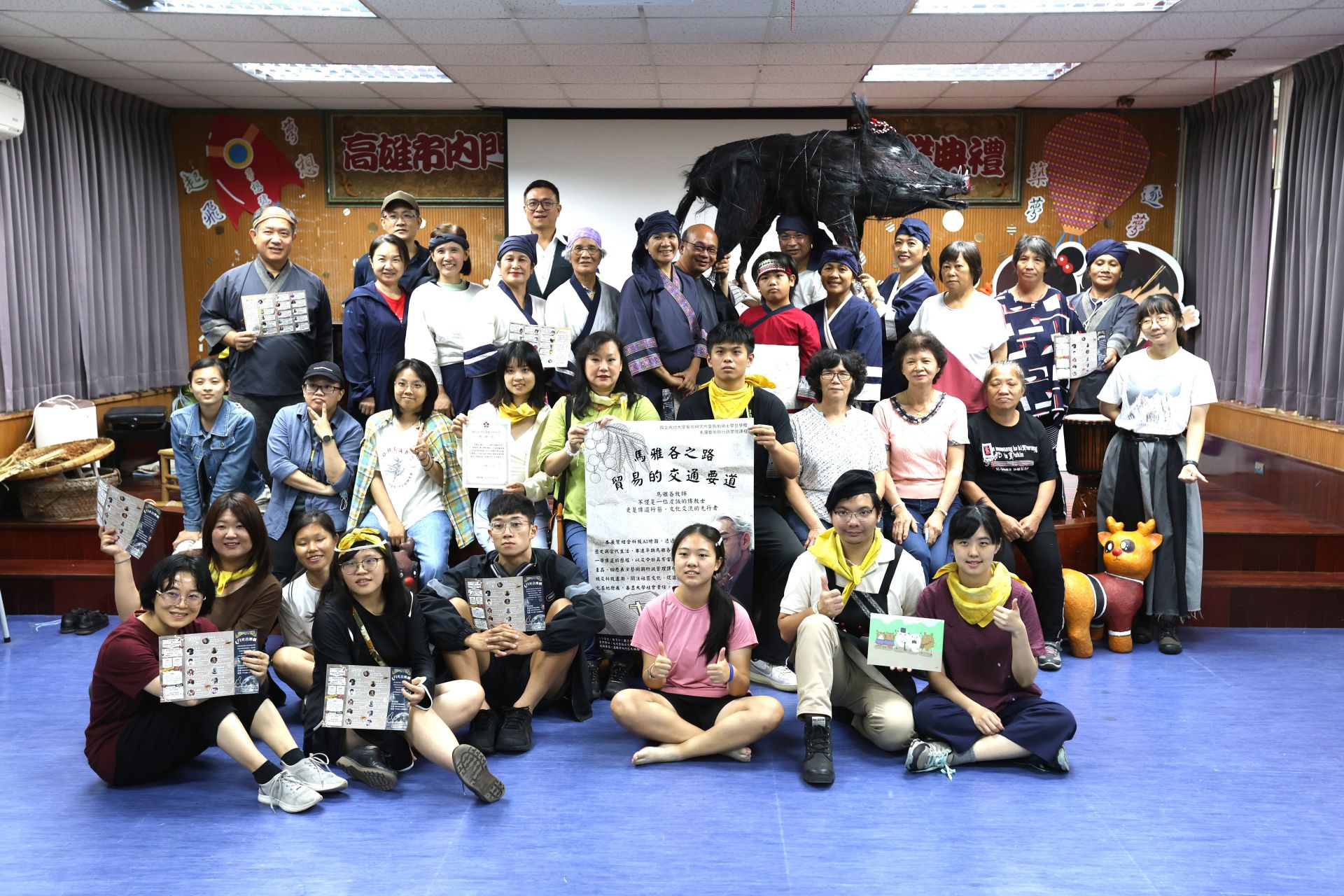
SDG11NCKU Presents Moonlight Musical in Kaohsiung Muh-Jah Community; "The Heart's Change Through Things" Showcases Artistic Empathy
View more